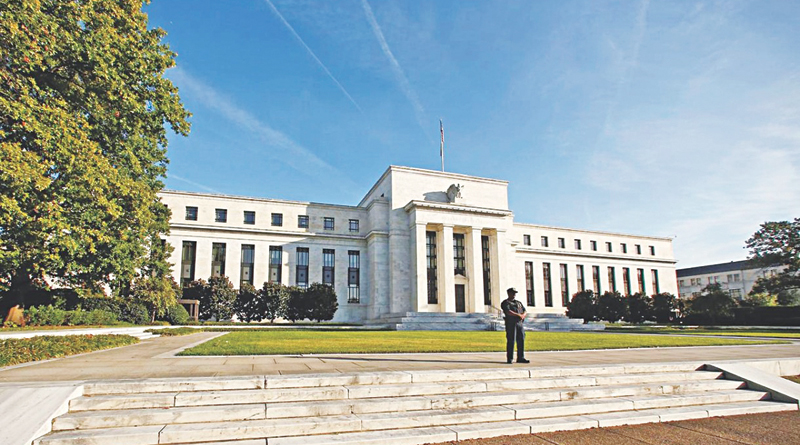

Howard Schneider -
Last year, US Federal Reserve Chair Jerome Powell held a “remarkably positive outlook” for an economy enjoying a “historically rare” combination of good news including low unemployment, steady inflation and strong growth that were all expected to continue.
When the Fed meets this week, the discussion will be about just how badly that outlook has eroded, and whether officials should still describe themselves as simply tinkering with policies that are about right, or embarked on a more aggressive fight to keep the US recovery on track.
A headline decision to cut interest rates by a quarter of a percentage point is widely expected. More importantly, the Fed’s language and new economic projections will show how deeply a summer of trouble has been felt — from an intensifying US-China trade war and the relaunch of crisis-style stimulus by the European Central Bank to a stream of weak manufacturing data that may hint at larger problems for the United States.
“At the end of 2018 it looked like the economy was moving forward in a continued solid manner,” said David Wilcox, director for the Fed’s division of statistics and research until the end of last year and now a fellow at the Peterson Institute for International Economics.
“The risks were predominantly to the upside and it was not prominent on our radar screen or anybody’s that the trade war’s machinations would be taken to the extent that they have been...The news from abroad, by wide consensus, has been disappointing.” The US Federal Open Market Committee meets with a press conference by Powell scheduled to follow the release of the central bank’s statement.
The Fed’s likely action to lower its target policy rate to a range of between 1.75 per cent and 2.00 per cent, policymakers hope, will boost the economy by easing borrowing costs on everything from car loans to corporate bonds.
Since the end of last year, Fed decisions — to take rate hikes off the table in January and then to cut rates in July for the first time in a decade — have helped drive the average 30-year fixed rate home mortgage from an eight-year high of 4.94 per cent to around 3.5 per cent, for example, enough to save a homeowner more than $200 a month on a $250,000 loan. Since the July rate cut corporate bond issuance has surged as firms take advantage of record low long-term borrowing rates, saving them money or providing capital for projects.
Between September 2018 and their last set of quarterly forecasts issued in June, Fed officials slashed half a percentage point of expected growth from their median projection for 2019 and marked down inflation further away from their 2 per cent target. At that September 2018 meeting, they had also projected that the fed funds rate would hit 3.1 per cent by the end of 2019. It is currently at around 2.1 per cent and likely heading lower.
New projections issued on Wednesday will show whether officials think things are getting worse, and how much further they think they need to go in terms of rate cuts or other steps to stay ahead of any developing problems.
It’s a tough call that has divided Fed officials among those who want to cut fast and deep, those who want to go slow, and those who want to do nothing at all.
The “range of views,” as Powell calls it, reflects the uncertainty of the past 12 months, an era that may ultimately be seen as one of self-inflicted wounds that pushed the United States — and the world — from a period of steady and broad-based growth into a potential rut.
In a rosy-hued speech in October, Powell detailed risks he thought the Fed faced at that point. They were of a conventional sort — an unexpected jump in inflation, for example, that might force the Fed to raise interest rates even faster to discourage spending and slow the pace of price increases. There was only passing mention of a trade dispute whose larger-than-expected impacts and quick shifts of direction broadsided the Fed this year, and no way to anticipate a coming bond market convulsion that signaled rising recession risks and a conviction that the Fed as of late last year had hiked rates too far for economic conditions.
Business investment has remained weak. Indicators of manufacturing output fell. Employment growth slowed. Yet even at the lower-than-expected level of 130,000, the number of jobs created is more than enough to absorb new entrants into the workforce and keep the unemployment rate at 3.7 per cent. — Reuters
Oman Observer is now on the WhatsApp channel. Click here



